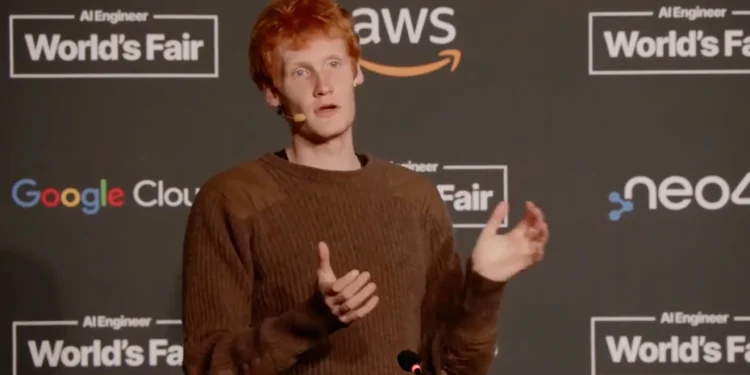OpenAI and xAI have expressed interest in accessing Cursor’s coding data, according to industry reports. No official deal has been announced, and the discussions remain at an exploratory stage rather than a completed transaction.
Cursor(built by Anysphere) has become one of the most widely discussed AI code editors. It combines a coding-focused chat interface with autocompletion, integrates directly with repositories, and sends code context to inference providers. These interactions generate a rich stream of real-world coding traces: prompts, diffs, completions, errors, and fixes. For model trainers, this kind of data is highly valuable because it reflects how developers actually work, rather than curated or synthetic examples.
Why now
Two factors explain the timing.
First, agentic coding is accelerating. xAI recently announced a new model with coding capabilities, signalling that code generation is a priority battleground. OpenAI continues to invest heavily in its code-oriented models as part of its enterprise strategy. Both companies need sharper feedback signals to reach the reliability standard required in professional settings.
Second, economics are pressing. Even as token prices fall, the total cost of running AI for complex workflows remains high. Model builders, therefore, prize datasets that shorten training cycles and improve first-pass accuracy. Real-world, structured coding data promises exactly that.
What “Cursor’s coding data” likely means
Cursor’s documentation states that code context flows from the editor to Cursor’s servers and then to providers such as OpenAI, Anthropic, Google, and xAI. These operate under zero-retention agreements. Privacy Mode—available to all users and enforced for teams—prevents storage and training on any submitted code.
If OpenAI or xAI are exploring arrangements, the most likely possibilities are:
- Licensing anonymised or aggregated interaction data from users who are not in Privacy Mode, for use in training or evaluation.
- Strategic partnership or investment, such as giving model providers closer access for evaluation, safety testing, or co-developing coding agents within Cursor.
It is worth noting that earlier this year, OpenAI was reported to have considered acquiring Cursor outright, suggesting a longer-standing strategic alignment.
The opportunity—and the risks
Opportunity for model quality. Real-world traces capture complex cases: flaky tests, dependency conflicts, multi-file changes, and iterative debugging. These examples improve planning, tool use, and recovery when an agent’s first attempt fails.
Better enterprise fit. Data from professional workflows helps models understand coding standards, linters, CI/CD constraints, and review norms, all of which are critical for adoption at scale.
Pricing relief. If models become more accurate in handling software tasks, inference times drop, retries shrink, and costs decline.
Risks to manage.
- Consent and scope. Any licensing must respect user choices and contract terms, especially the guarantees offered by Privacy Mode.
- Intellectual property. Even anonymised data carries risks if not carefully governed.
- Regulatory oversight. Data protection laws require explicit opt-ins, deletion guarantees, and transparent governance.
- Developer perception. Trust is fragile; missteps could trigger backlash and negative perception from users.
What it means for developers
For now, nothing changes. Cursor’s Privacy Mode ensures that teams can prevent their code from being stored or used for training. Should any licensing arrangement emerge, developers could expect improvements in:
- Smarter autocompletion and agents on real-world repositories.
- Fewer hallucinated APIs and better handling of multi-step edits.
- Stronger enterprise controls, such as enforced Privacy Mode, audit logs, and per-workspace policies.
The practical step for teams is to review data agreements, confirm Privacy Mode defaults, and align internal policies with Cursor’s data-handling practices.
The bigger race
GitHub, OpenAI, Anthropic, Google, Replit, and xAI are all converging on the same goal: dependable coding agents that can read, plan, edit, run, and fix code with minimal human intervention. Access to real developer traces is the differentiator. xAI’s recent coding push underlines how competitive this space is becoming.
What to watch next
- Whether Cursor, OpenAI, or xAI confirms that talks are moving toward a formal agreement.
- Any updates to Cursor’s Privacy Mode or security policies that would hint at changes in data flows.
- Benchmarks showing that coding assistants are improving on complex, real-world repositories.
Bottom line
This is not yet a signed deal, but the interest itself signals where the industry is heading. The next leap in AI coding capability may come less from bigger models and more from permissioned, high-quality data about how humans actually build software. Cursor sits on precisely that kind of signal—and it’s no surprise that the leading AI labs want a closer look.












